American Manhunt review: the Boston Marathon bombings and the search for the Tsarnaev brothers
Ten years since the Boston Marathon attacks, a gripping new examination of the case has revealed an unlikely hero and a police force out of control, hell bent on vigilante justice.
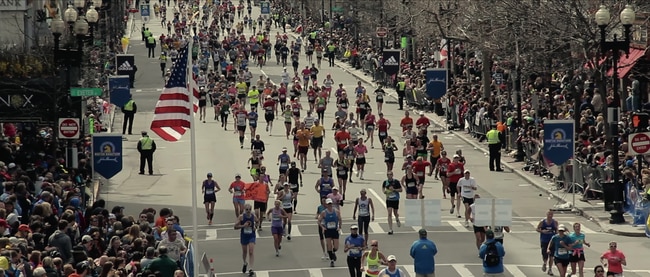
Manhunts fascinate us. They take us briefly out of our day-to-day lives, intrigued by the aberrant. The hunting of humans on the run has been with us since the days of Sparta. These massive, organised searches for fugitives also provide plenty of drama in their own right because of their cost or how long they take to catch the perps. Some have stretched for decades, fading in and out of public consciousness until new clues are discovered or forensic advances allow promising details to eventually emerge.
Other manhunts were over relatively quickly but still captured public attention. (The almost primeval attraction remains even though most pursuits are solved with a routine traffic stop.)
This brings us to Netflix’s American Manhunt: The Boston Marathon Bombings, a three-part documentary series that unsparingly chronicles the approximately 101 hours in the sometimes-frenzied search for the terrorists who caused chaos and death during the famous race in 2013. It also details the five days of fear following the tragedy, after which large parts of the city were locked down.
The series was released to coincide with the 10th anniversary of the atrocity. The finish line for the event, a blue-and-yellow painted stripe across the pavement, was dedicated to those who died on April 15, 2013. The bombing unified the city – “Boston Strong” became its rallying cry.
Great cities such as Boston are always more than their built environments – trickier and more perplexing than any set of class or economic relationships. While the showcase for the American Revolution – known familiarly as Beantown – Boston is built around pockets of history, places of cultural significance and scenes of critical events in the city’s struggle for freedom.
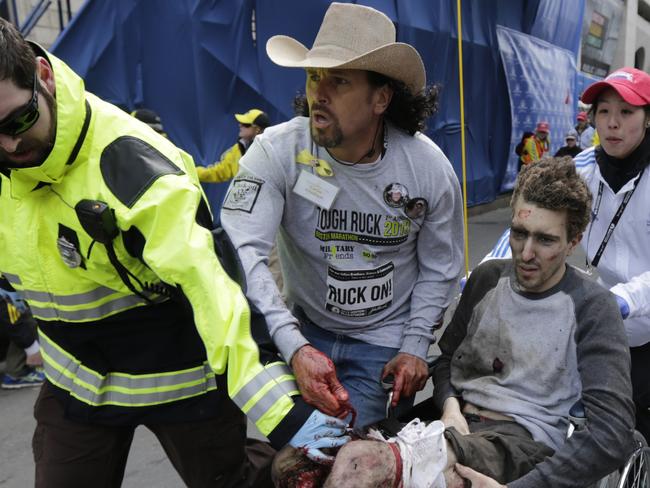
Even a footrace has cultural and political significance. The Boston Marathon, the oldest and most revered marathon in the world, takes place on Patriots Day, commemorating the start of the Revolutionary War in 1775.
The city was shocked when two homemade bombs were detonated near the finish line of the marathon 14 seconds and 190m apart, killing Martin Richard, 8, Krystle Campbell, 29, and Lingzi Lu, 23, and injuring more than 200 people. Boston residents were on edge and feared more attacks. People were asked to shelter in place and avoid gathering in crowds as the manhunt got under way. Law enforcement, baffled and with no suspects, was in a frantic race to find those responsible and prevent further attacks.
Americans, attached to their phone and television screens, watched throughout the manhunt, waiting for the uncertainty and turmoil to coalesce into a narrative they could understand. Many spectators had indeed captured the explosions on their phones and were able to report on the terrible images and countless acts of courage.
And as the show demonstrates the act of watching itself had changed and while the popularity of Twitter was still relatively new, the medium had ushered in an age of immediate and visceral response to local emergencies.
Writer Emily Osbon estimates about 28 million tweets were sent about the bombings that week, making it the most-discussed event on the platform in 2013. “The Boston Marathon bombings left an enduring framework for how Americans process, organise and mourn in the face of tragedy,” she said.
The series, created by director Floyd Russ (Malice at the Palace) and executive producer Tiller Russell (Night Stalker: The Hunt for a Serial Killer, Waco American Apocalypse), is a relatively straightforward retelling of the tragedy, initially walking us through the details of the bombings and then, hour by hour, the manhunt itself.
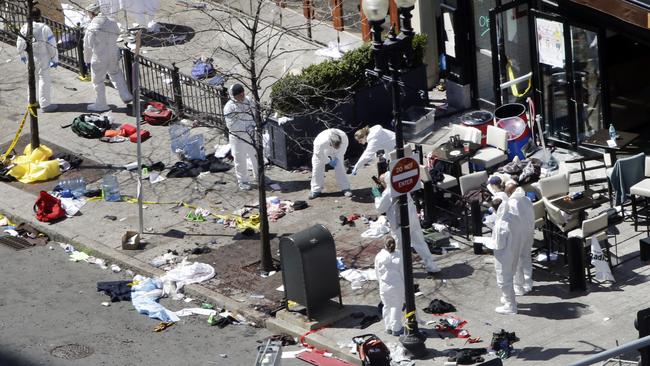
“It took a very long time for us to be able to contextualise and understand what happened in such an unbelievable manhunt, but also emotionally, in terms of what happened to the victims and to the entire city,” Russ says. “There are so many different types of trauma in the story.”
He says the story is filled with themes that are very relevant today: “How law enforcement treats the public, how we view them, how we criticise them, rightfully so. That is a case that is being made here, that law enforcement made some mistakes, made some good choices, some bad choices.”
While the series is relatively conventional in its methodology – talking heads intercut with some abstracted re-enactments, archival news footage and sequences largely composed from the video material provided from onlookers – its look at the systemic problems it presents is more telling than Russ suggests. Russ works from what is now the accepted template for Netflix documentaries. The filmmakers act like cold-case detectives re-examining the evidence, re-creating timelines and recounting the shifts in perspective of the original investigation.
It’s conspicuously well made, the reporting is thorough and the interviews are visually arresting. It often uses several cameras to vary the viewer’s perspective, and the narration is carried by the intercutting of the witness accounts.
In focusing on the manhunt, bearing down on its minutiae in such forensic detail, he not only follows the unfolding narrative of who was to blame but also the failure of the authorities during the manhunt to catch them faster.
Russ interviews the major law enforcement figures in the manhunt including Willian Evans, who at the time was Boston Police Department superintendent. Evans also participated in the race. There’s also FBI special agent-in-charge Rick Deslauriers and US Attorney for the District of Massachusetts, Carmen Ortiz.
They’re a mixed bunch, too. Evans obviously is decent but a bit vague, while Deslauriers is like a cut out from the FBI playbook – somewhat unimaginative and a stickler for due process. Ortiz is empathetic and compassionate. There are also interviews with survivors such as Karen McWatters, whose friend Krystle Campbell died in the attack and whose leg was amputated following the bombing, and journalists Phillip Martin and David Filipov.
The first episode looks at the bombings themselves and the terrible carnage. Investigators find pieces of pressure cooker bombs filled with explosive materials and shrapnel. Deslauriers declares it a terrorist attack – one so far lacking a motive or a suspect. Introduced is CCTV footage, photographs and video coverage from spectators. A tip off leads to the identity of bomber Dzhokhar Tsarnaev – a 19-year-old Bostonian and former high school wrestling all-star, who had dropped the explosive filled backpack.
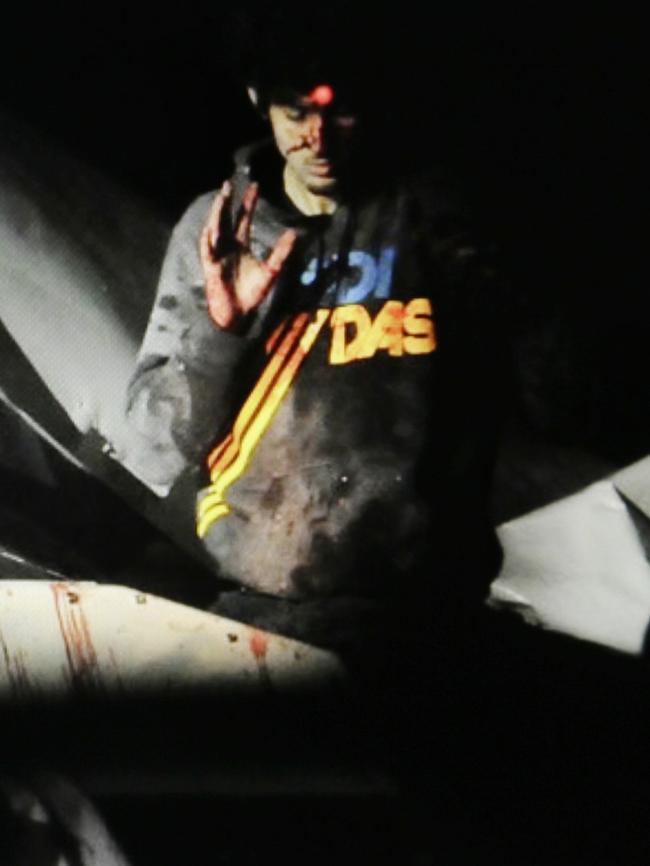
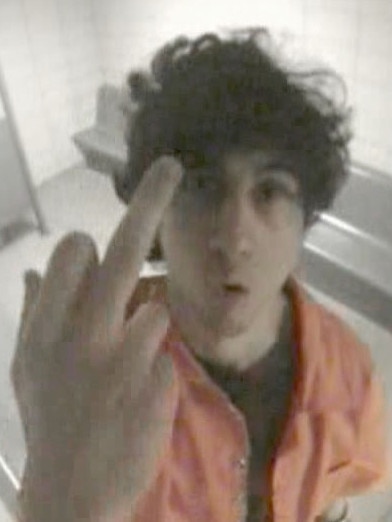
His older brother Tamerlan Tsarnaev, the other perpetrator, also was identified by the photo taken in the crowd.
The second episode covers the manhunt, including the murder of a police officer, a carjacking, an extraordinary shootout in Boston suburb, Watertown. An examination of the way Islamophobia becomes part of the manhunt ensues. The final episode brings it all to a conclusion.
It’s a story of exploding backpacks, small reveals, big breaks, an unlikely hero, a Pulp-fiction moment, and a police force out of control hell bent on vigilante justice. Russ illustrates how the manhunt was driven by the differing, sometimes contradictory, attitudes to the investigation by the various law enforcement agencies that force them to lose control of the pursuit.
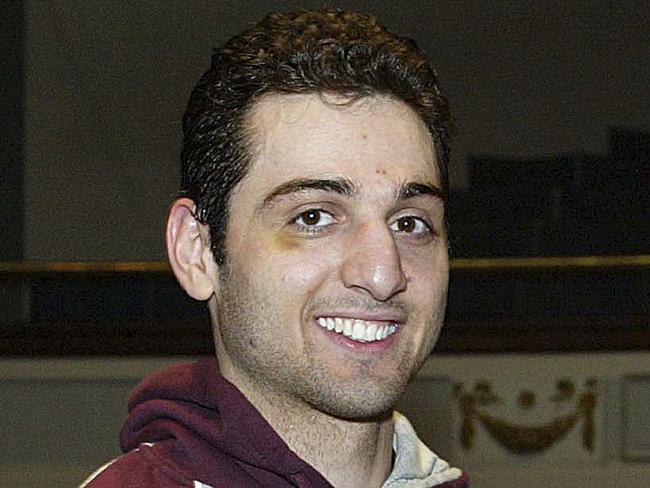
Central to the disagreement are the suspects’ photos captured on security cameras and whether they should be publicly released. The police are adamant they should be published; the FBI determined to hang on to them in case the brothers might gain an advantage and flee. The photos are mysteriously given to the press, forcing the FBI’s hand and all hell breaks loose.
“What ended up happening is exactly what we didn’t want to happen,” Ortiz says at the end of the first episode.
“This is a manhunt to catch the bombers,” Russ says. “But beyond that, it’s a manhunt to understand why this happened. This 10-year anniversary I think is symbolic because people want closure, and closure isn’t a simple thing. It doesn’t just come with, ‘oh, I closed the book, and I move on’. It doesn’t exist in this story, in an event like this.”
American Manhunt: The Boston Marathon Bombings streaming on Netflix.


To join the conversation, please log in. Don't have an account? Register
Join the conversation, you are commenting as Logout